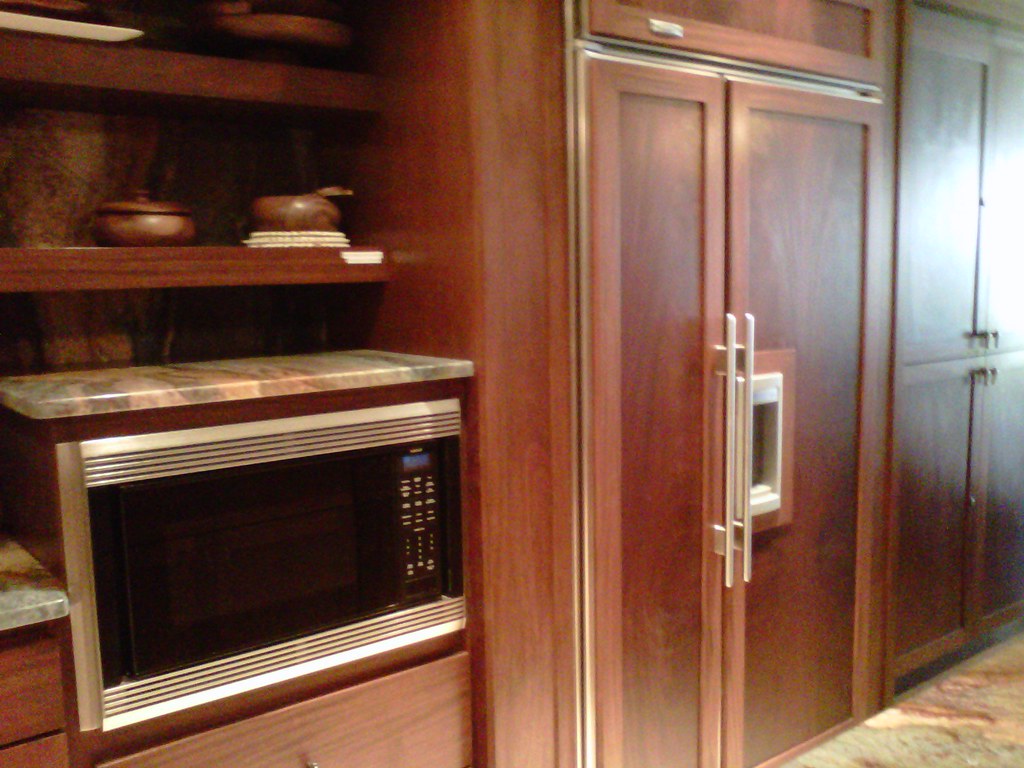Gardening, in its essence, is an act of nurturing – nurturing the soil, the plants, and ultimately, our souls. It’s a tradition that spans generations, connecting us to the earth and to each other. This spring, our family embarked on a new gardening adventure, marking a delightful twist in our horticultural journey. My son, with his youthful enthusiasm and fresh ideas, took it upon himself to plant some of his personal favorites in our newly crafted garden bed, bringing a fresh wave of excitement and creativity to our green haven.
The process began with constructing our raised garden bed. Given our preference for a setup that was both practical and aesthetically pleasing, we opted for a raised bed with legs. Lightweight and durable materials like landscape fabric and fine mesh hardware cloth, known for their excellent drainage and aeration capabilities, became our choices. These materials, crucial in preventing root rot and other water-related issues, also played a pivotal role in blocking weeds while still allowing water and air to pass freely – a perfect environment for my son’s selected plants to thrive.
Filling the raised garden bed, especially since it was set on concrete, required careful consideration. The combination of a layer of landscape fabric, a layer of gravel for enhanced drainage, and a mix of topsoil, compost, and other organic matter, provided a nutrient-rich foundation. This layered approach not only ensured good drainage but also mirrored the excitement layered within us, anticipating the growth of something beautiful from our collective efforts.
Our approach to filling the garden bed economically didn’t fall short of creativity either. Employing the lasagna gardening method, we layered cardboard, yard waste, leaves, and kitchen scraps with soil and compost. This not only proved cost-effective but also environmentally friendly, aligning with our family’s values of sustainability and resourcefulness.
However, the journey wasn’t without its learning curves. We paid heed to common mistakes highlighted by seasoned gardeners, such as neglecting soil quality, inadequate drainage, and ignoring pest control. These insights guided us in making informed decisions, like choosing the ideal size for our garden bed – one that is accessible yet spacious enough to house the variety of plants my son was eager to grow.
For the material of the vegetable beds, we leaned towards untreated, rot-resistant woods like cedar, ensuring a safe growing environment for the edibles. The bottom was lined with landscape fabric, steering clear of materials that could potentially introduce toxins into our garden.

The construction phase was met with equal parts excitement and trepidation. Ensuring a level surface was paramount, as it directly influenced the movement of water. We utilized all-weather wood screws for stability and pre-drilled holes to prevent the wood from splitting. The addition of support structures and the strategic placement of wood grains were thoughtful touches that promised longevity and resilience against bowing or warping.
We also took additional measures to ward off gophers and other pests by incorporating a layer of chicken wire at the bottom of our beds, a suggestion we were particularly grateful for. This preventive measure, albeit labor-intensive, was seen as a necessary investment in the long-term health and success of our garden.
The heart of our project, however, lay in the soil – the very foundation that would support and nurture the life we intended to grow. Understanding the importance of soil health, we meticulously built our garden soil, integrating a mix of high-quality topsoil, homemade compost, and other organic materials. This not only ensured a rich, fertile ground but also fostered a healthy soil food web, crucial for plant growth and sustainability.
While my son took charge of planting, his choices reflected a blend of functionality and whimsy. From nutritious vegetables that promised bountiful harvests to vibrant flowers that added splashes of color, our garden became a testament to his vision and our collective labor.
Throughout this journey, the garden became more than just a space for cultivation; it evolved into a classroom without walls, a sanctuary of learning and growth. My son learned the virtues of patience, responsibility, and the interconnectedness of life. He witnessed firsthand the fruits of labor and the unpredictable nature of growth, understanding that not all efforts lead to success, but all efforts lead to learning.
Our adventure in gardening, inspired by my son’s initiative, strengthened our bond as a family. It reinforced the idea that gardens are not just about the plants we grow but about the memories we cultivate and the lessons we harvest along the way. As we nurture our garden, we, in turn, nurture our relationships, our community, and our planet.
Our garden is a reflection of us – a mix of perseverance, creativity, and a dash of whimsy. It stands as a living testament to the beauty of embarking on new adventures, of learning and growing together. It’s a reminder that in the soil, as in life, what we sow with love, we reap in abundance.
Related posts:
What to Put on the Bottom of a Raised Garden Bed — Meadowlark Journal
Raised Bed Gardening




